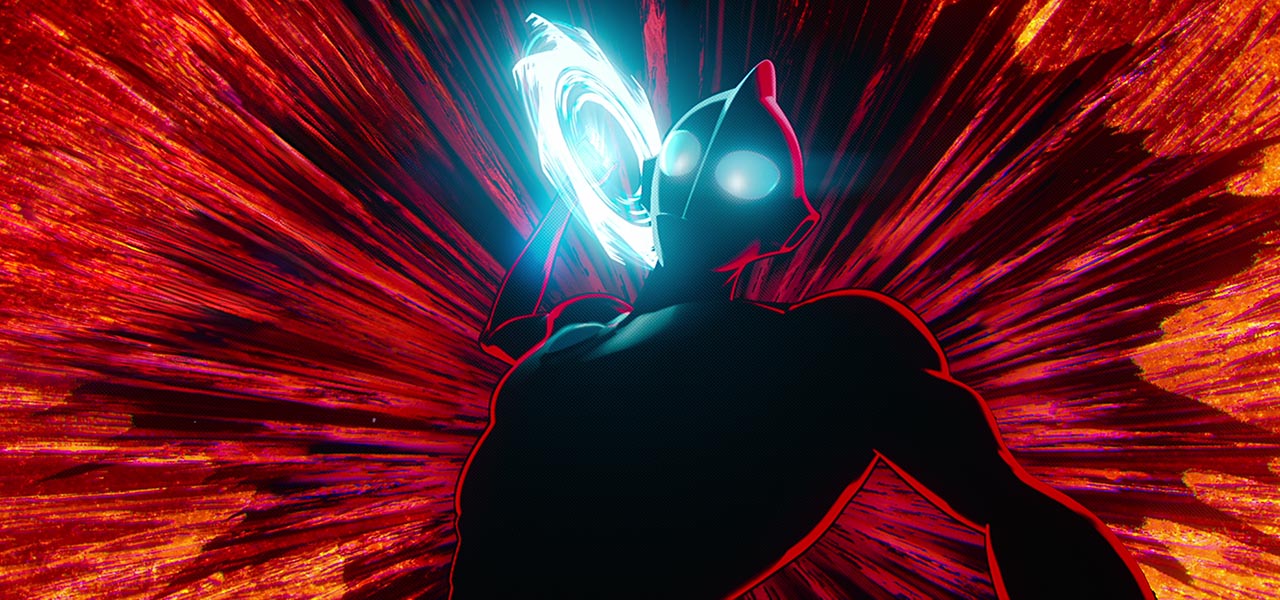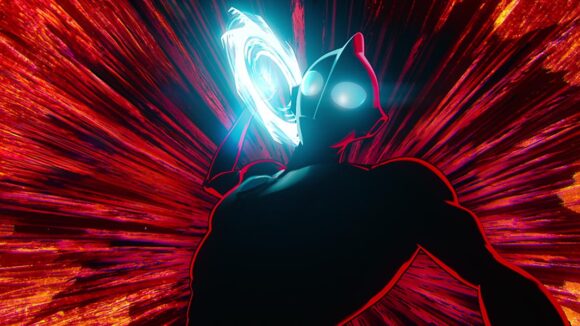

Netflix’s ‘Ultraman: Rising’ Filmmakers In Conversation With Cartoon Brew (Exclusive Video)
Cartoon Brew and Netflix recently hosted a special FYC screening of Ultraman: Rising at Netflix Animation in Burbank, California, followed by a conversation with co-writer/director Shannon Tindle, co-director John Aoshima, production designer Marcos Mateu-Mestre, and producers Lisa M. Poole and Tom Knott.
The half-hour conversation, hosted by Cartoon Brew editor-in-chief Amid Amidi, offered insight into the film’s inspiration, cultural touchstones, visual design, animation style, and production methodologies.
The Q&A is available below to readers:
Netflix Animation’s Ultraman: Rising is a dazzling tribute to the red-and-chrome, size-altering superhero star of the first tv show from Godzilla co-creator Eiji Tsuburaya, and features thrilling action and animation by Industrial Light & Magic (ILM). Yet, the story is rooted in a heartfelt portrait of fathers, sons ,and parental role models – as baseball champ Ken Sato (voiced by Christopher Sean) struggles to reconcile with his father, the original Ultraman, Professor Sato (Gedde Watanabe). This grounds the spectacle with gentle humor and keen observations of Japanese culture and family dynamics.
Director and writer Shannon Tindle recalled how the film’s story grew from a desire to pay tribute to the original 1960s tv show, which he first viewed as an eight-year-old growing up in rural Kentucky. The series seized his imagination again in the 1990s while he was a student at Calarts, where he met his future co-director John Aoshima.
Tindle’s screenplay was not initially a direct adaption. “It was inspired by Ultraman,” Tindle said, “but it was more [about] how can I take a character like this and bring it to something that I think anybody will respond to, whether they like Ultraman or not. To me, it was [about] the struggles that parents and children have.”
Aoshima revealed his initial contact with Ultraman came while he was a child, growing up in Japan, where he stumbled on a manga comic, Dr. Slump, created by Akira Toriyama.
The panel discussed how, in 2018, Netflix invited Tindle to visit the production offices of Tsuburaya Productions in Japan. Tsuburaya responded to Tindle’s passionate pitch and remained creative collaborators as the Netflix production launched into high gear at ILM.
Producer Lisa M. Poole noted how the filmmakers strove to remain true to the cultural legacy of the Ultraman universe by collaborating with a committee of Japanese-American consultants, and representatives from the Japanese Cultural Center in Los Angeles. “A lecturer came in and spoke about specific topics of food and etiquette and other things that we wanted the animators to incorporate into the film,” said Poole. “It was a process we engaged in throughout the entire production.”
Production designer Marcos Mateu-Mestre noted the quest for authenticity extended to production design establishing a “cinematic bone structure” for the film. Mateu-Mestre cited manga artists Katsuhiro Otomo and Masamune Shirow as influential to the film’s visual design and virtual cinematography, and the art direction of Sunmin Inn who developed conceptual studies of colors, textures, and styles with a “sense of visual poetry.”
Producer Tom Knott addressed the logistical challenges of mounting the production at the height of the COVID-19 pandemic, and cited the skills of production manager Maddie Lazer and the support staff at ILM for enabling simultaneous production in Vancouver, Singapore, and London – with many artists working from home.
Tindle discussed the roles of his key department heads and offered this advice: “Hire awesome people, and they’ll make you look good.” These included animation supervisor Mathieu Vig and visual effects supervisor Hayden Jones – Tindle’s previous collaborators on the Emmy-winning Netflix series Lost Ollie – as well as animation supervisor Tony Fucile. Tindle noted that Fucile took inspiration from his father’s professional baseball career.
Other topics included discussion of the voice actors’ contributions to the animation process and the choice of the ultra-widescreen 2.35:1 aspect ratio as it related to kaiju cinema tradition and the film’s visual authenticity. “They went to a Japanese website, found old Tohoscope scope lenses and replicated the nuances of the flares,” said Tindle. “That’s the level of detail that we tried to go to.”
